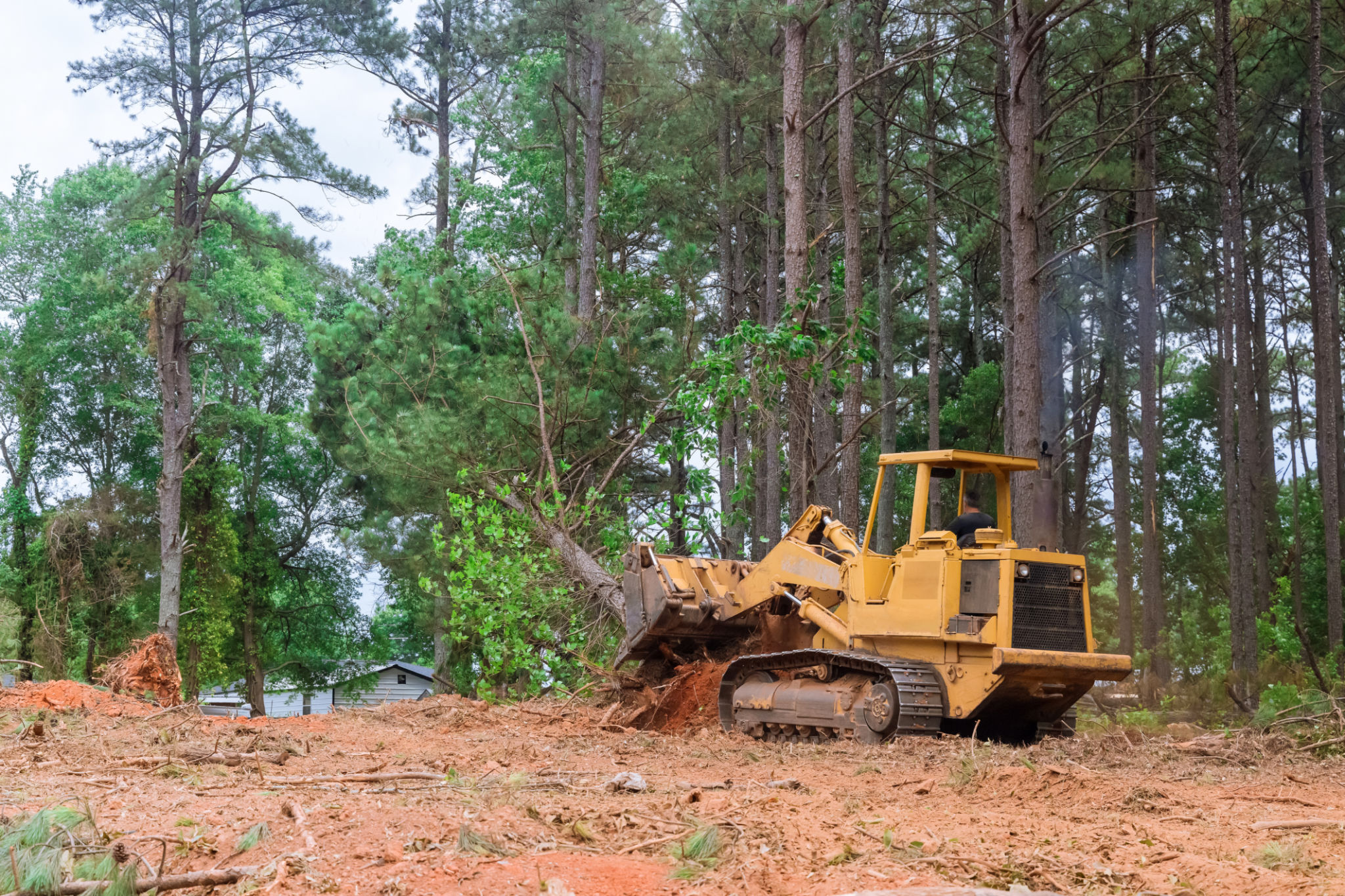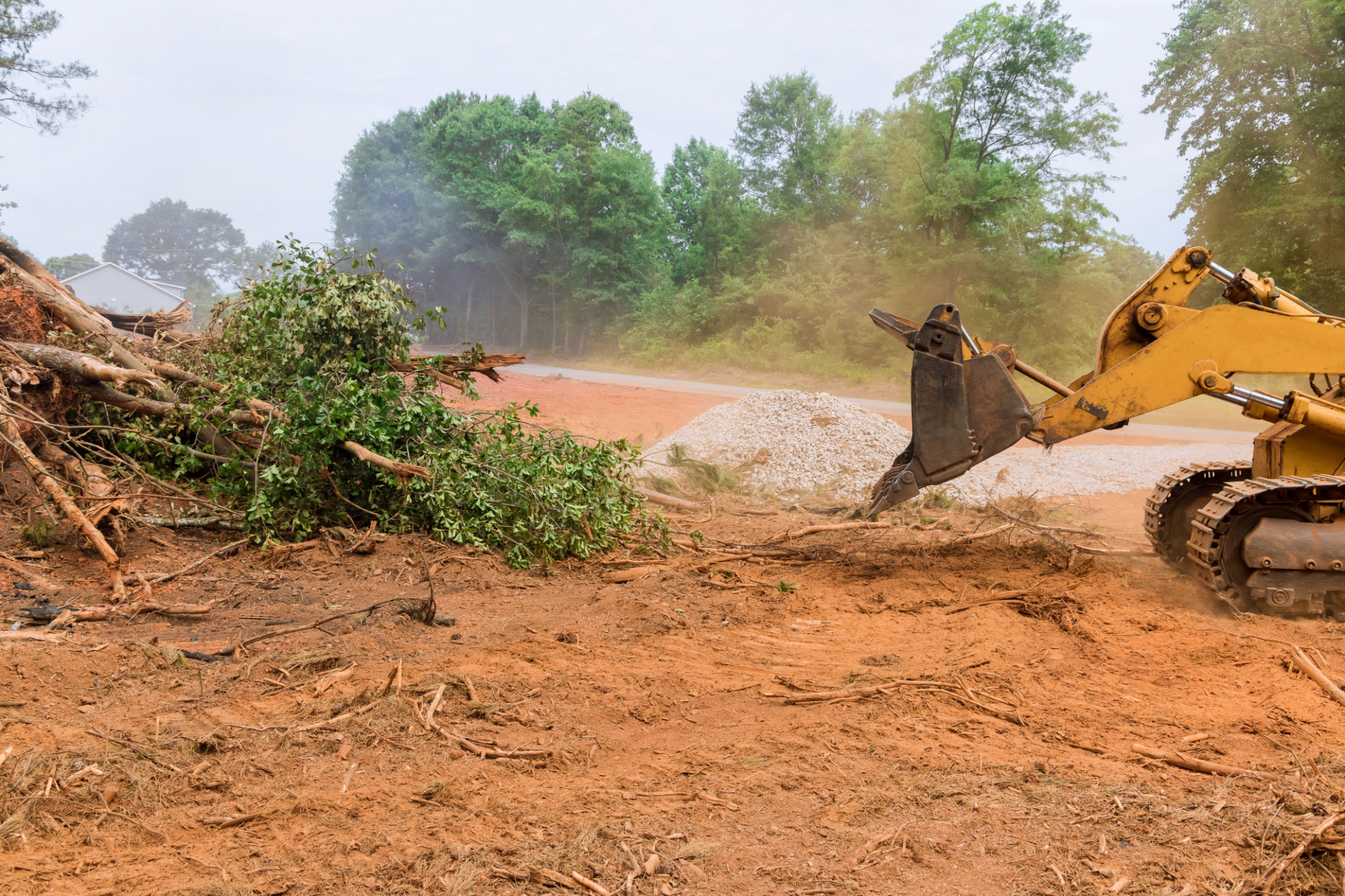Case Study: Successful Land Clearing Project in Marion County
RM
Introduction
Land clearing is a critical phase in any development project, setting the groundwork for future construction and landscaping efforts. In this case study, we explore a successful land clearing project in Marion County, highlighting the strategies and techniques that led to its successful completion.

Project Overview
The project was initiated to prepare a 50-acre plot of land for a new residential development. The area was densely forested, requiring careful planning and execution to ensure minimal environmental impact while achieving the desired results.
Initial Challenges
One of the primary challenges was preserving the local ecosystem. The site was home to various native plants and wildlife, necessitating a strategy that balanced development with conservation. Additionally, the terrain presented obstacles such as uneven ground and rocky outcrops.

Implementation Strategy
The project team adopted several strategies to address these challenges. First, a comprehensive environmental assessment was conducted to identify any sensitive areas and protected species. This guided the decision-making process throughout the project.
Phased Clearing Approach
To minimize disruption, the land clearing was executed in phases. This approach allowed for ongoing assessments and adjustments, ensuring that critical areas were preserved and that the impact on local wildlife was minimized. The team used advanced machinery equipped with GPS technology to clear specific sections efficiently.

Environmental Considerations
During the land clearing, specific measures were taken to protect soil quality and prevent erosion. Silt fences and erosion control blankets were installed along vulnerable areas to maintain soil integrity and prevent runoff into nearby water bodies.
Recycling and Reuse
The project prioritized sustainability by recycling cleared vegetation. Trees and shrubs were chipped on-site and repurposed as mulch for landscaping, reducing waste and supporting soil health in future site developments.
Community Engagement
Throughout the project, maintaining transparency with the local community was crucial. Regular updates were provided through community meetings and newsletters, ensuring residents were informed about the progress and any potential disruptions.

Feedback and Collaboration
The project team actively sought feedback from community members, incorporating their insights into the planning process. This collaborative approach fostered goodwill and ensured that community concerns were addressed promptly.
Conclusion
The successful completion of the land clearing project in Marion County serves as a model for balancing development needs with environmental stewardship. Through careful planning, innovative techniques, and community collaboration, the project not only achieved its objectives but also set a precedent for future projects in the region.